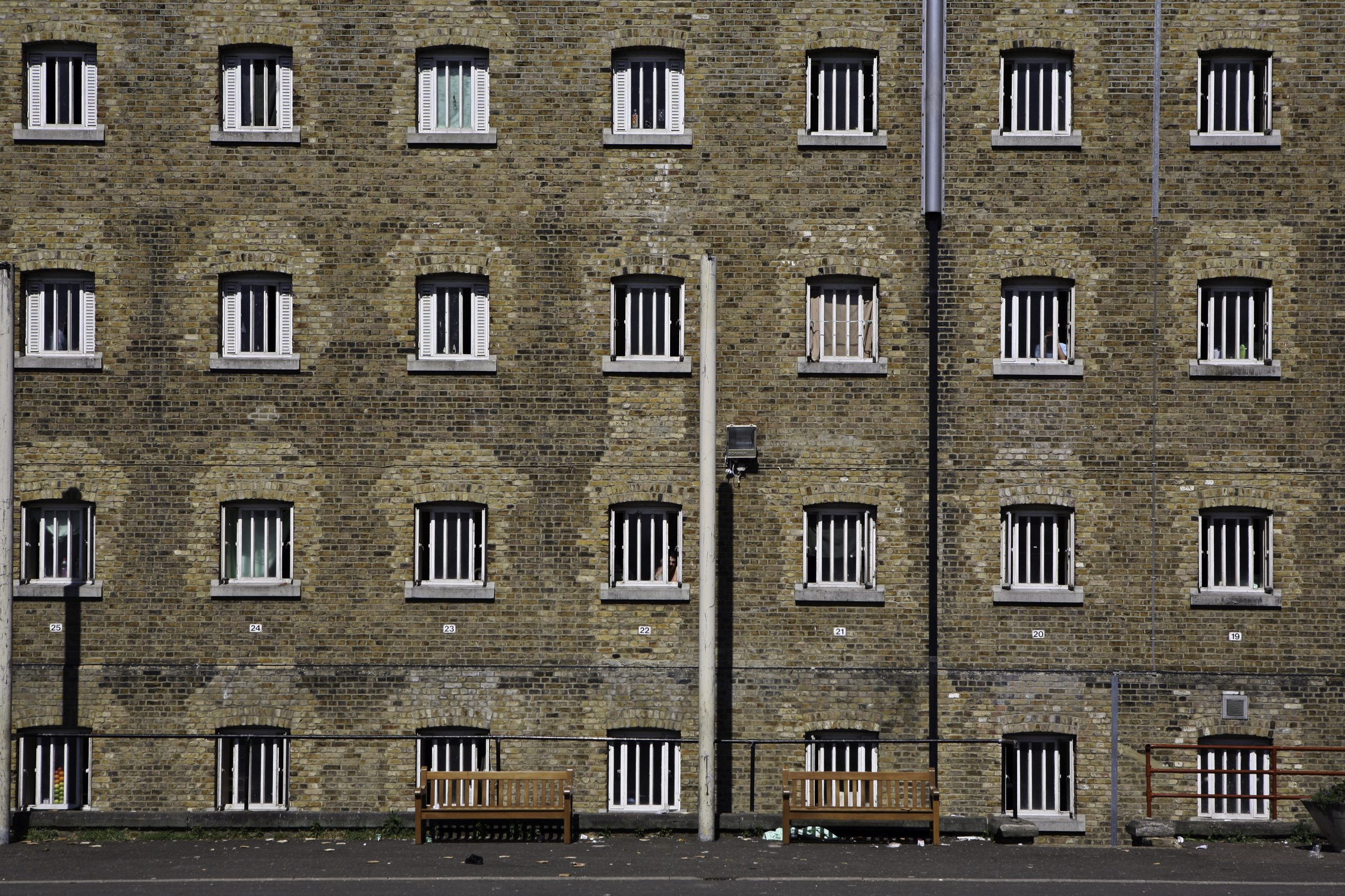Two reports published yesterday by the HM Inspectorate of Prisons have revealed that, whilst the number of children in custody has continued to fall, levels of violence and self-harm have risen by just over a quarter and a third respectively.
The violence and self-harm identified was apparent in an inspection report of Werrington young offender institution (YOI) in August 2023. The report found that serious disorder had increased by 76% since the inspection a year earlier. This included groups of boys trying to break down doors to get to other children. Inspectors saw a classroom with a damaged door and shards of broken glass following this incident.
The Children in Custody report by the HM Inspectorate found that children were spending far too much time alone in their cells, with 28% spending less than two hours a day out of their cell. Furthermore, only 46% of children said they felt cared for, and just 68% said they could turn to staff for help.
Of particular concern is that only 55% of children felt their experiences in custody made them less likely to offend in future. In this context, the report identified the ‘key challenge’ as ‘to ‘reduce the conflict and violence’ in custody centres, which ‘prevent children from spending time out of their cells in purposeful activity, including education and offering behaviour interventions.’
HM Chief Inspector of Prisons, Charlie Taylor said: ‘despite employing hundreds of staff and dozens of managers, most sites are unable to deliver one meaningful conversation with each child a week. Given these circumstances it is unsurprising that most do not feel cared for by staff and few are motivated to behave well.’
He added: ‘this report highlights the impact of several years of failings in children’s custody. Despite the significant resources at their disposal, leaders in the Youth Custody Service are unable to guarantee basic services for children. Many spend most of their sentence locked up alone in their cell with very little human contact’.
While staffing levels are a problem in adult prisons, establishments for children are richly resourced. For example, Werrington had employed 340 staff to care for 89 children. However, whilst there are a substantial number of senior managers, there are a lack of frontline officers who should be working directly with children.
Charlie Taylor concludes: ‘with such high levels of violence and the enormous impact on staff, it is understandable that ministers are considering introducing PAVA incapacitant spray. However, we have serious concerns about this. Our report shows how poor trust already is between staff and children, and our inspections continue to find an absence of basic activities that should improve both trust and behaviour which would be far more productive and serve public protection far better overtime. The idea of adding something as drastic as PAVA into the mix, which risks increasing rather than reducing hostility, is a very worrying step in the wrong direction’.







